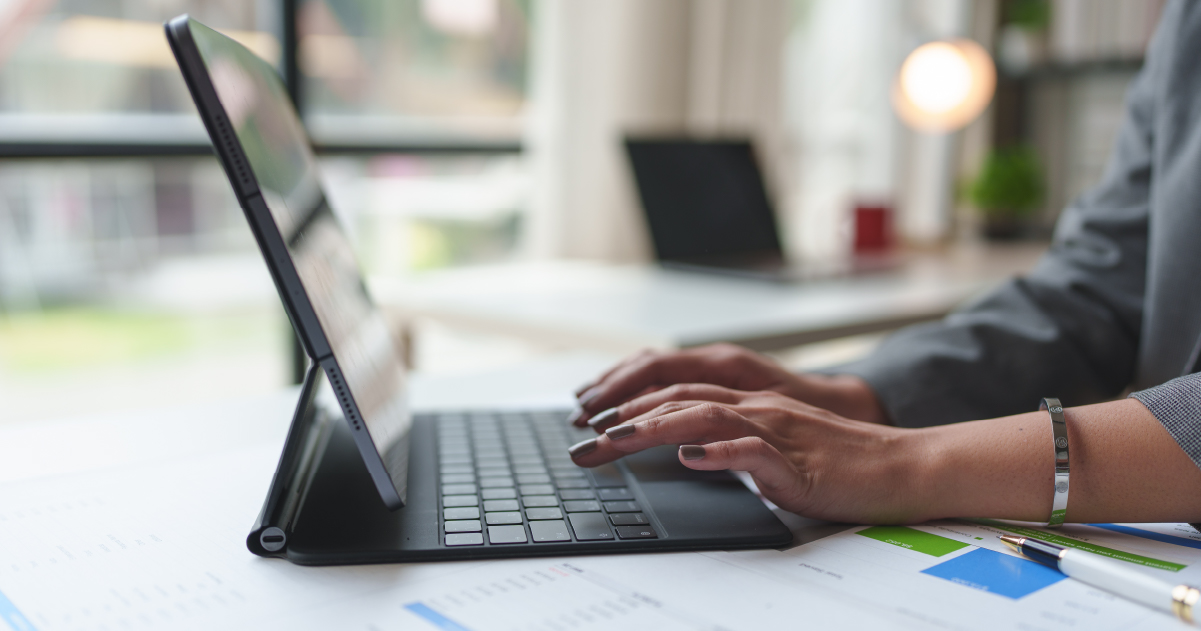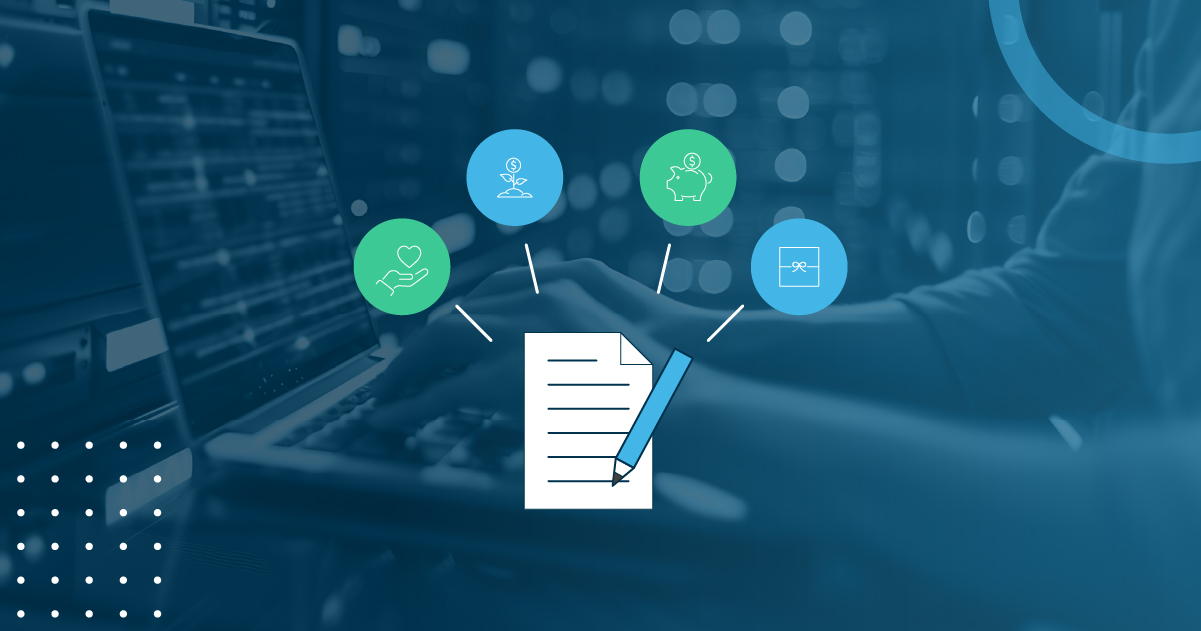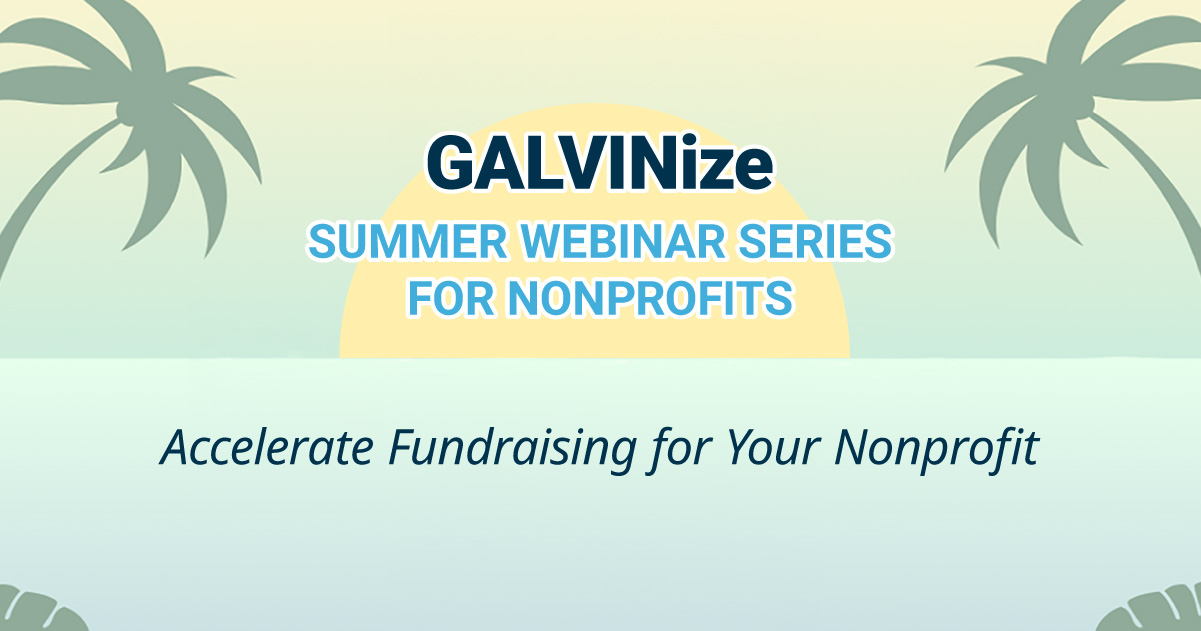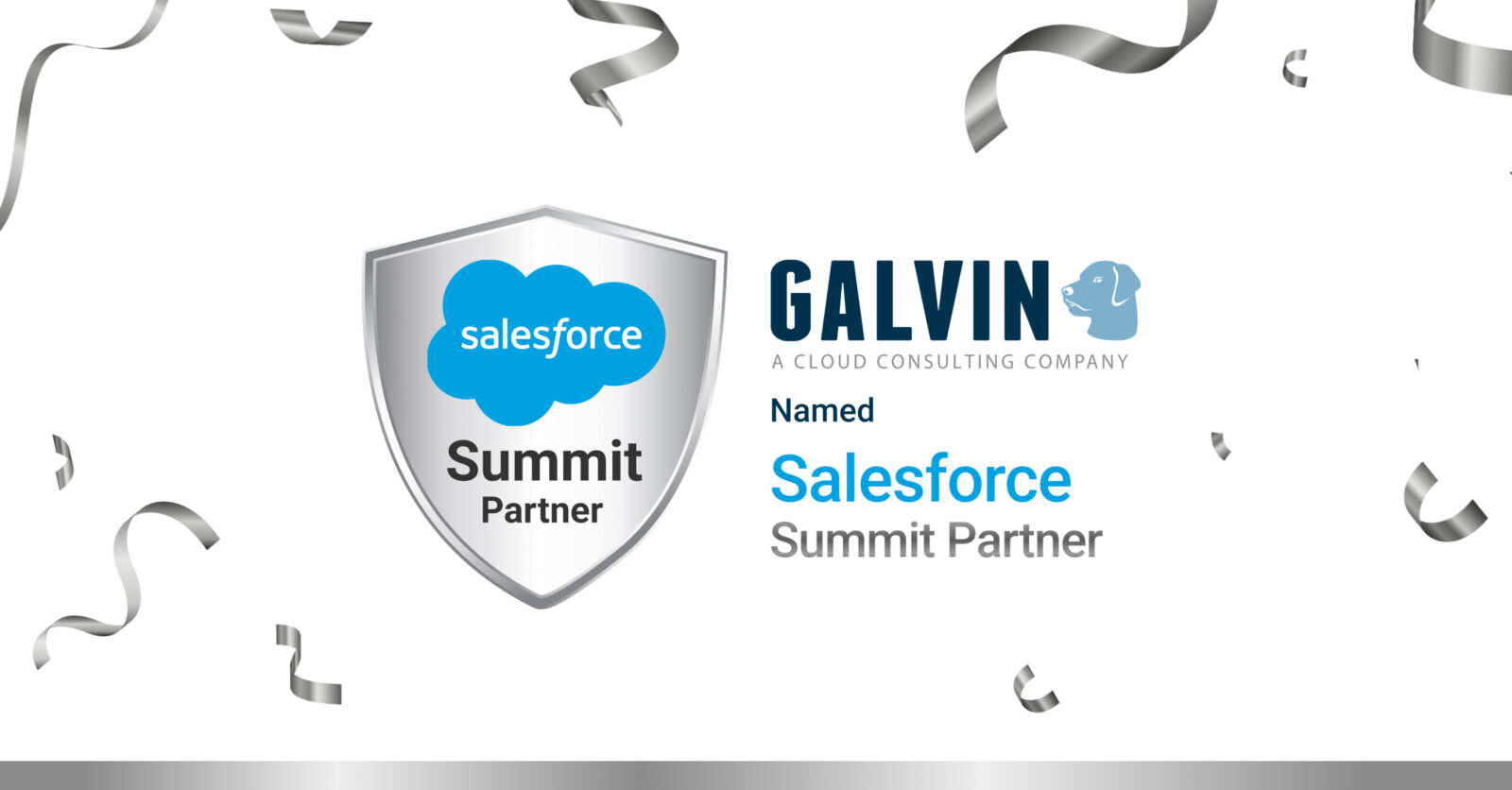Bloomerang vs. Salesforce: Which CRM Is Best for Your Nonprofit?

When nonprofits are looking for the best donor management tool, two platforms often come up for comparison: Bloomerang and Salesforce. Both offer powerful solutions, but they cater to organizations with very different needs and priorities. While Bloomerang markets itself as an easy-to-use, cost-effective donor management system, Salesforce is a robust and flexible CRM platform that offers extensive customization and scalability. If your nonprofit is deciding between Bloomerang and Salesforce, this post will present key arguments for each option to help you make an informed choice.
Cost: Is Bloomerang Cheaper Than Salesforce?
Bloomerang advocates often claim that Salesforce is more expensive. They indicate that while Salesforce offers free and discounted licenses to nonprofits, the implementation and integration of necessary third-party apps—like online donations, event registration, and email marketing—can quickly add up. Bloomerang, on the other hand, offers a simpler pricing structure with fewer add-ons needed.
It’s true that Salesforce may have additional costs for third-party apps, but this flexibility is one of Salesforce’s greatest strengths providing a nonprofit with options. While Bloomerang provides basic functionality out of the box, Salesforce offers access to the Nonprofit Cloud and a vast array of apps via the AppExchange that allows nonprofits to scale and customize their solution as they grow.
More importantly, Salesforce allows you to avoid paying for features you don’t need right away. Bloomerang’s simplicity might seem cost-effective initially, but as your organization expands its needs and scales, you may quickly outgrow its limitations and need to upgrade to a more complex system. Resulting in adding costs to implement again to a system like Salesforce. Salesforce’s modular approach means you can start small and add functionality over time, ensuring that your investment is aligned with your growth.
Ease of Use: Is Salesforce Too Complex?
Critics often claim that Salesforce is overly complex for small nonprofits, particularly when compared to Bloomerang. They argue that Salesforce’s extensive capabilities can overwhelm smaller organizations, making effective adoption and use challenging for teams that may not have the technical expertise.
Salesforce’s innovation leads with user-friendliness, especially with the introduction of the Lightning Experience interface, which streamlines navigation and usability. Additionally, Salesforce provides extensive training resources, such as Trailhead, a free learning platform designed to bring users of any skill level up to speed quickly. These resources, coupled with the support from Salesforce partners, emphasize the importance of proper training and change management to ensure successful adoption
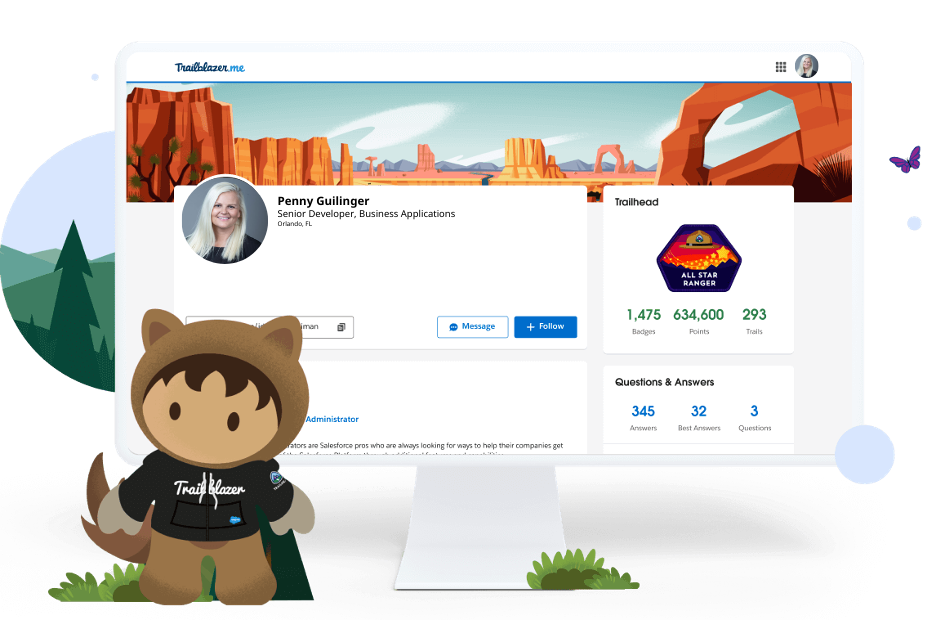
Salesforce’s Global Nonprofit Community and Support
Salesforce’s commitment to nonprofits extends beyond its platform with a thriving community of clients, experts, and consultants who share insights, support, and best practices. Through forums, blogs, and events, nonprofits can collaborate and learn from peers facing similar challenges. This global network empowers organizations to maximize their use of Salesforce, offering continuous support that enhances growth and drives impactful outcomes.
While Bloomerang’s simplicity may suit very small nonprofits, Salesforce’s flexibility is ideal for organizations anticipating growth. It’s designed to scale, accommodating not just donor management, but also broader organizational needs like program management, volunteer tracking, and marketing automation. With the right training and ongoing support, Salesforce empowers teams to manage constituent relationships more strategically and efficiently than a simpler system might allow. This focus on adoption and proper utilization can ultimately lead to a more effective and impactful utilization of Salesforce.
Implementation Costs: Is Salesforce Expensive to Set Up?
Bloomerang advocates often emphasize there is a high implementation cost of Salesforce, which can vary in ranges, depending on the nonprofit’s complexity. In contrast, Bloomerang is marketed as an out-of-the-box solution that doesn’t require expensive customizations or third-party consultants.
While Salesforce implementations can require an upfront investment, it’s important to note that every application requires an initial implementation and this should be considered as a long-term investment in your nonprofit’s infrastructure. Salesforce offers functionalities for nonprofits, which includes not just donor management but comprehensive CRM capabilities for managing relationships, tracking engagement, managing programs and cases, marketing, automating business processes, and running sophisticated analytics.
The benefit of a Salesforce implementation scope of work is that those are right-sized and scoped to a nonprofit’s specifications. This allows for budget-friends implementations.
Moreover, Salesforce offers free and extremely discounted licenses to nonprofits, and there are many nonprofit consultants who specialize in cost-effective implementations. Salesforce’s extensive customization ensures that the platform grows with your organization.
Training and Time Investment: Is Bloomerang Easier to Adopt?
Many nonprofits worry that implementing Salesforce will require a significant time investment from staff for training and ongoing maintenance. In contrast, Bloomerang is marketed as an intuitive platform that doesn’t require intensive training or specialized skills to use.
Adopting any new system, including Bloomerang, inevitably requires training and effective change management to ensure a smooth transition. Recognizing this need, Salesforce provides a wealth of resources to support organizations during the implementation process, such as Trailhead, the free, interactive learning platform that empowers users of all skill levels to build confidence in utilizing the platform. Additionally, Salesforce boasts a robust community of administrators and experts who actively collaborate, share ideas, and educate each other. This global network of professionals offers invaluable peer support, regularly hosting forums, webinars, and user group meetups to share best practices and innovative solutions. Moreover, partnering with the right Salesforce consulting partner is crucial for successful adoption. These experts guide nonprofits through the implementation process, facilitating training sessions, offering strategic advice, and delivering ongoing support to ensure that staff members feel comfortable and capable using the system, thereby maximizing Salesforce's potential to drive their mission forward effectively.
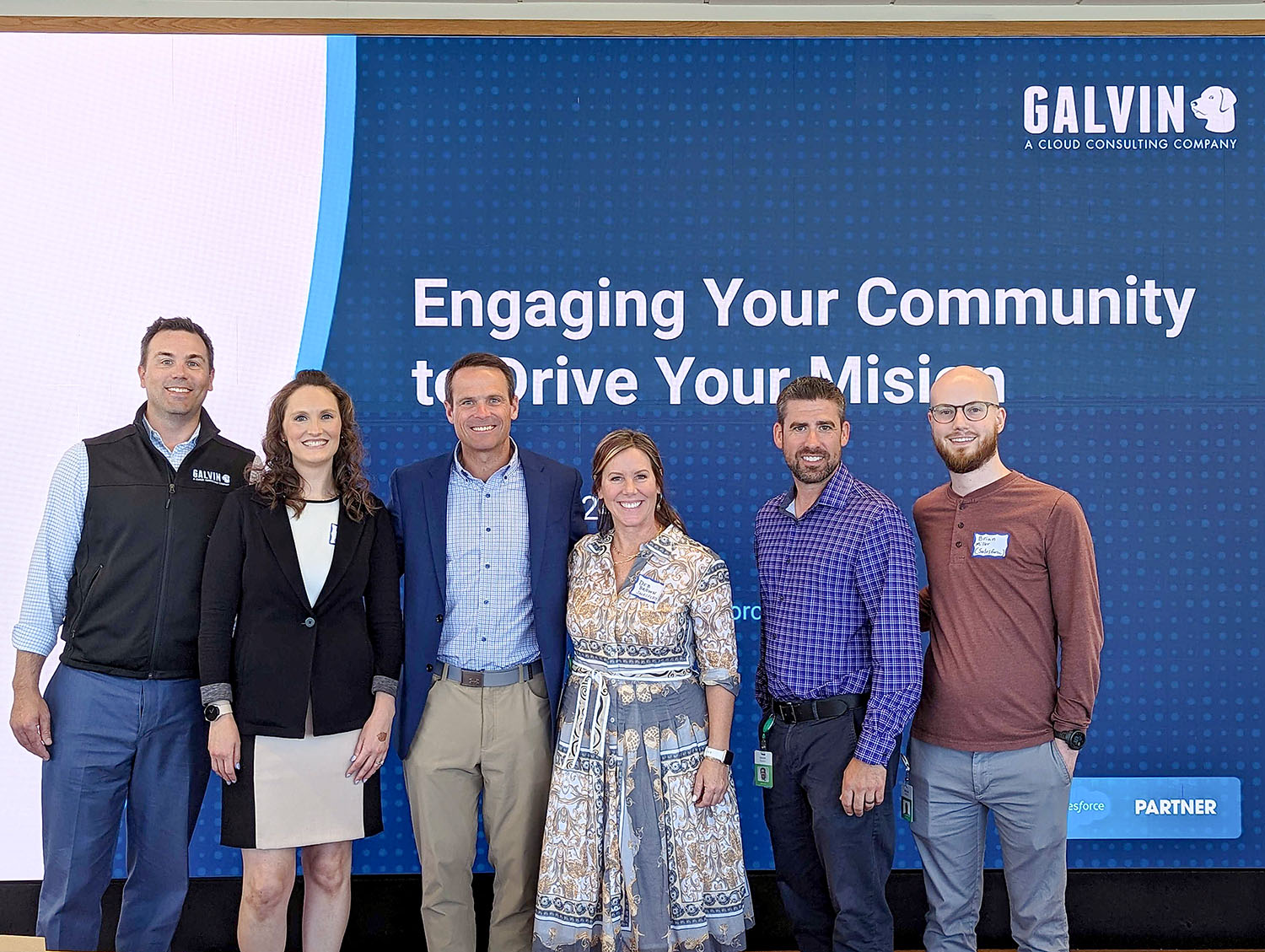
Salesforce offers several features specifically designed to improve user adoption, helping nonprofits integrate the platform smoothly and enhance day-to-day workflows. One key feature is Dynamic Page Layouts, which allows administrators to tailor page views based on specific criteria like user role, record type, or data values. By only displaying the most relevant information to each user, Dynamic Page Layouts reduce unnecessary complexity, simplify navigation, and make the platform feel intuitive.
This level of customization ensures that each team member interacts with a personalized experience, fostering faster learning and overall platform engagement. For nonprofits, where ease of use and adaptability are crucial, Dynamic Page Layouts offer a distinct advantage over systems like Bloomerang, where customization is more restricted.Salesforce’s ability to automate routine tasks—like email follow-ups, donor segmentation, and reporting—can ultimately save your staff time, allowing them to focus on strategic initiatives rather than manual processes. Over time, the learning curve pays off in greater efficiency and effectiveness.
While Bloomerang’s ease of use may appeal to smaller nonprofits, Salesforce’s capabilities and usability far surpass Bloomerang’s as your organization grows.
ROI: Is Bloomerang More Cost-Effective Than Salesforce in the Long Run?
Bloomerang advocates argue that after factoring in all the costs of third-party apps, training, and consultant fees, the ROI on Salesforce may not be worth it for smaller nonprofits. They suggest that Bloomerang’s simpler, all-in-one design is a more cost-effective choice for most nonprofits.
While Bloomerang might seem cheaper initially, Salesforce delivers long-term value through its advanced capabilities and scalability. Salesforce is not just a donor management system; it’s a comprehensive CRM that gives nonprofits a 360-degree view of their operations. From volunteer tracking to major gift prospecting, Salesforce’s tools enable nonprofits to grow and engage donors and constituents in more meaningful ways.
Additionally, Salesforce’s predictive analytics and automation tools help organizations optimize their fundraising efforts, retain more donors, and identify key areas for growth. For nonprofits with long-term growth goals, investing in Salesforce provides the infrastructure to scale efficiently without having to switch platforms as needs evolve.
Beyond Donor Management: Salesforce's Holistic Approach
While Bloomerang focuses primarily on donor and volunteer management, Salesforce offers a much broader range of capabilities that allow nonprofits to manage their entire operations on a single platform. In addition to fundraising, Salesforce supports program management, case management, and volunteer coordination, providing nonprofits with a seamless way to track the full constituent lifecycle—from donor engagement to program outcomes. This comprehensive approach enables organizations to better serve their entire community by monitoring program success, streamlining volunteer efforts, and managing cases, giving a holistic view of their impact and allowing them to offer more effective services to their constituents.
In addition to program and case management, Salesforce offers a suite of other tools that help nonprofits grow and scale their operations, including:
- Integrations
Salesforce offers unparalleled integration capabilities compared to Bloomerang, allowing nonprofits to connect with a wide array of third-party tools and platforms. Through APIs and pre-built connectors, Salesforce seamlessly integrates with accounting software, social media platforms, email marketing tools, and much more. Additionally, with MuleSoft, Salesforce can connect data from any system, giving nonprofits the flexibility to work across multiple technologies without creating data silos. - Workflow Automation
Salesforce provides highly customizable workflow automation through its Flow, which allows nonprofits to automate routine tasks such as sending thank-you emails, updating donor records, or creating follow-up tasks for staff. This flexibility significantly enhances efficiency by reducing manual data entry, something that Bloomerang’s more basic automation tools cannot match in terms of complexity or customization. - Marketing Automation
Salesforce’s Marketing Cloud Account Engagement (formerly Pardot) delivers powerful marketing automation that goes far beyond what Bloomerang offers. Nonprofits can automate donor outreach, segment their donor lists, and create personalized journeys to enhance engagement. With robust capabilities in email marketing, social media, and mobile messaging, Salesforce enables nonprofits to manage multi-channel campaigns from a single platform. - Experience Cloud & Portal Experience
Salesforce’s Experience Cloud allows nonprofits to create custom online portals for their constituents, volunteers, and donors. These portals can offer self-service capabilities, personalized experiences, and a secure way to access relevant information. Bloomerang does not offer a comparable solution, limiting its ability to provide interactive, self-service platforms for constituents. - Tableau for Data Analytics
With Tableau, Salesforce provides world-class data visualization and analytics, allowing nonprofits to gain insights into donor behavior, fundraising performance, and program outcomes. The advanced analytics tools in Tableau give nonprofits a deeper understanding of their impact and allow for more data-driven decision-making. Bloomerang’s reporting features are more limited, especially when it comes to visualizing complex data sets. - MuleSoft for Integration Across Systems
MuleSoft, part of the Salesforce ecosystem, is a leading integration platform that allows nonprofits to connect all their data across different systems—whether they’re on-premise, in the cloud, or a mix of both. This helps organizations streamline their operations and unify their data, a capability that Bloomerang does not offer. This level of integration is critical for organizations with more complex technological infrastructures. - Data Cloud (formerly Customer Data Platform - CDP):
Salesforce’s Data Cloud allows nonprofits to unify all constituent data from multiple sources into a single view. This feature enhances personalization and ensures that every interaction with donors, volunteers, and other constituents is informed by the most up-to-date and comprehensive information available. Bloomerang’s platform does not offer the same depth of data unification and segmentation capabilities. - Grant Management
Salesforce provides robust tools for grant management, allowing nonprofits to track grants from application through award and reporting. Organizations can manage both sides of the grant process—applying for grants and distributing funds as a grantmaker. Bloomerang, primarily focused on donor management, does not have these built-in tools to support complex grant tracking. - Insights Data Integrity
With Salesforce’s Insights Data Integrity, nonprofits can ensure the quality and accuracy of their data through automated deduplication, error-checking, and data cleansing processes. This tool helps to maintain data integrity and prevents the kind of data silos that can undermine organizational efficiency. Bloomerang does not offer this level of built-in data hygiene management, which can lead to issues with inaccurate records over time.
The AppExchange: A Marketplace of Nonprofit Solutions
A major advantage of Salesforce is access to the AppExchange, which is a marketplace of thousands of third-party apps designed to extend the capabilities of your Salesforce instance. Nonprofits can find apps specifically tailored to their needs, such as online donation tools, event management software, volunteer tracking systems, and more. The AppExchange allows nonprofits to customize Salesforce in ways that are most relevant to their mission, without having to build custom solutions from scratch.
For example, apps like Classy for online fundraising, Blackthorn for Event Management or FormAssembly for data collection can be seamlessly integrated into Salesforce. These apps are vetted for security and functionality, giving nonprofits confidence that they’re working with reliable solutions. As your organization grows, you can add more functionality through the AppExchange, ensuring that Salesforce continues to meet your needs without requiring a complete system overhaul.
Unlike simpler platforms like Bloomerang, which may require nonprofits to switch systems as they expand, Salesforce allows you to start small and gradually adopt more advanced features as your needs evolve
Why Nonprofits Choose Salesforce for the Long Haul
Nonprofits choose Salesforce because it offers a comprehensive ecosystem of tools and solutions that can scale alongside your organization. Whether you’re starting with basic donor management or looking to implement advanced program management and marketing solutions, Salesforce provides the flexibility to grow into these capabilities over time.
Unlike simpler platforms like Bloomerang, which may require nonprofits to switch systems as they expand, Salesforce allows you to start small and gradually adopt more advanced features as your needs evolve. By leveraging the full range of Salesforce’s tools—including Marketing Cloud, Experience Cloud, Data Cloud, and integrations through MuleSoft—nonprofits can create a unified system that supports all of their operations. And with the AppExchange, you can continually customize and expand your capabilities without ever needing to reimplement a new platform.
This flexibility and scalability are key reasons why nonprofits choose Salesforce for the long term. It’s not just a donor management system—it’s a platform that can grow with you, ensuring that your organization has the tools it needs to succeed at every stage of its journey.
Bloomerang vs. Salesforce: The Final Verdict
Ultimately, choosing between Bloomerang and Salesforce comes down to your nonprofit’s specific needs, growth ambitions, and budget. Bloomerang might be a good fit for very small nonprofits with basic donor management needs and little desire to scale beyond that.
However, for nonprofits that see themselves growing, expanding their donor base, and needing more advanced tools for donor engagement, Salesforce offers the flexibility, scalability, and long-term value that Bloomerang simply cannot match. While some may believe that Salesforce requires a significant upfront investment, the reality is that you can start small and scale over time. Salesforce allows nonprofits to begin with the essentials and gradually adopt more advanced tools as their needs grow, ensuring you only invest in what you truly need at each stage. This flexibility means nonprofits can customize their Salesforce journey to fit their budget and expand at their own pace, all while benefiting from a platform that streamlines operations and fosters deeper donor relationships.
For nonprofits with an eye on growth and sustainability, Salesforce provides the best return on investment, offering tools that allow organizations to scale strategically while maintaining a holistic view of their relationships and impact. The choice between Bloomerang and Salesforce ultimately depends on your organization’s vision for the future.
WANT TO TALK WITH OUR CONSULTING TEAM?
We’d love to work with you on your Salesforce needs. Our team of certified Consultants can work closely with your team to close more deals. Call us at 317-297-2910 or complete the form below.




